Table of Contents
Introduction: Why Seasoning Matters
Discover the best seasoning for roasted vegetables with our expert guide. Whether you're roasting carrots, sweet potatoes, or broccoli, these top 5 blends will transform your veggies into flavorful masterpieces. We've tested these combinations to ensure perfect results every time.
The Best Seasoning for Roasted Vegetables
| Seasoning Blend | Best For | Key Ingredients | Flavor Profile |
|---|---|---|---|
| Garlic and Herb Mix | Carrots, onions, bell peppers, zucchini | Garlic powder, rosemary, thyme, oregano | Savory, aromatic, versatile |
| Smoked Paprika and Cumin | Sweet potatoes, beets, pumpkin, potatoes | Smoked paprika, cumin, chili powder | Smoky, earthy, warm |
| Italian Seasoning | Tomatoes, eggplant, zucchini, bell peppers | Basil, oregano, marjoram, thyme | Fresh, herbaceous, Mediterranean |
| Chili Lime | Corn, broccoli, Brussels sprouts, cauliflower | Chili powder, lime zest, cumin, garlic powder | Spicy, tangy, bright |
| Herbes de Provence | Squash, zucchini, eggplant, tomatoes | Lavender, thyme, rosemary, savory | Floral, aromatic, French-inspired |
Each blend is optimized for specific vegetables based on culinary science. For example, smoked paprika enhances natural sweetness in root vegetables through caramelization, while chili lime's acidity cuts through dense textures like broccoli. Always start with 1 teaspoon of dried seasoning per pound of vegetables, toss in oil first, then roast at 400°F for maximum flavor development.
Practical Tips for Seasoning Like a Pro
- Use Fresh Spices: Check expiration dates; replace dried spices every 6 months for peak potency. Smell them before use—dull aroma means lost flavor.
- Balance Flavors: Aim for a 2:1 ratio of savory to acidic elements (e.g., garlic powder + lemon zest) to avoid overpowering vegetables.
- Coat Evenly: Toss vegetables in 1-2 tablespoons of oil first, then sprinkle seasoning. This ensures 100% coverage and prevents clumping.
- Don't Overdo It: Dried herbs intensify during roasting. Start with 1 teaspoon per pound, then add more after cooking if needed.
- Oil Pairing: Use avocado oil for high-heat roasting (smoke point 520°F) with bold spices, or extra-virgin olive oil for Mediterranean blends at lower temperatures.
For root vegetables like potatoes and carrots, add a pinch of cinnamon or nutmeg to enhance natural sugars during caramelization. This technique is recommended by professional chefs for deeper flavor profiles.
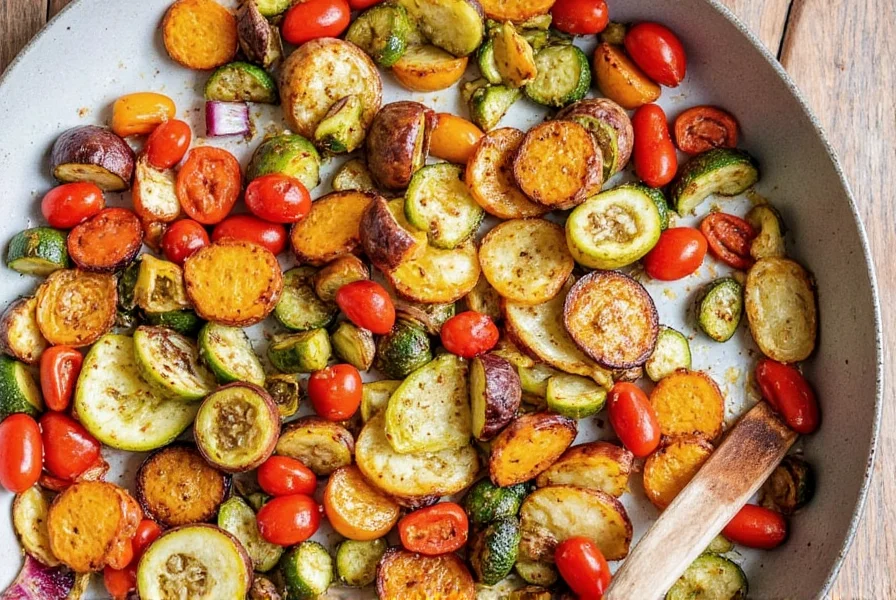
Frequently Asked Questions About Seasoning Roasted Vegetables
What is the best all-purpose seasoning for roasted vegetables?
A garlic and herb blend is the most versatile all-purpose seasoning for roasted vegetables. It contains garlic powder, rosemary, thyme, and oregano, which complement most vegetables without overpowering their natural flavors. This mix works perfectly for carrots, onions, bell peppers, and zucchini, making it ideal for weeknight dinners or potlucks.
How much seasoning should I use for roasted vegetables?
Use 1-2 teaspoons of dried seasoning per pound of vegetables. Start with 1 teaspoon, toss well, then taste a cooked piece before adding more. Dried herbs are concentrated, and seasoning intensifies during roasting—always err on the side of caution to avoid oversalting.
Should I season vegetables before or after roasting?
Season before roasting for optimal flavor. Toss vegetables in oil first, then add seasoning to ensure even coating. This allows spices to caramelize with the vegetables during cooking. Finish with fresh herbs or citrus after roasting for a bright, fresh dimension.
Can I use fresh herbs instead of dried spices for roasting vegetables?
Yes, but with adjustments. Use 3x more fresh herbs than dried due to higher water content. Delicate herbs like basil or parsley should be added in the last 5 minutes of roasting or after cooking to preserve flavor. Heartier herbs like rosemary or thyme can be added at the start. Dried herbs are generally preferred for roasting as they withstand high heat better and develop richer flavors.
What oil works best with seasoning for roasted vegetables?
Avocado oil is ideal for high-heat roasting (400°F+) with bold spices like smoked paprika due to its high smoke point (520°F). For Mediterranean blends, extra-virgin olive oil adds authentic flavor at lower temperatures. Coconut oil pairs well with curry spices for tropical twists, but avoid it for delicate vegetables like zucchini.
What seasoning works best for root vegetables like potatoes and carrots?
Smoked paprika and cumin is the top choice for root vegetables. The smoky depth enhances natural sweetness in potatoes and carrots, while cumin adds earthy warmth. For extra complexity, add a pinch of cinnamon or nutmeg—this activates caramelization during roasting. Professional chefs recommend this blend for its ability to balance starchiness without overpowering.
Conclusion: Elevate Your Roasted Veggie Game
Seasoning is the secret to transforming simple roasted vegetables into extraordinary dishes. By matching blends to specific vegetables and following precise techniques—like oil-first coating and spice-to-vegetable ratios—you'll achieve restaurant-quality flavor every time. Experiment with these top 5 blends, and let your palate guide you to new favorites.
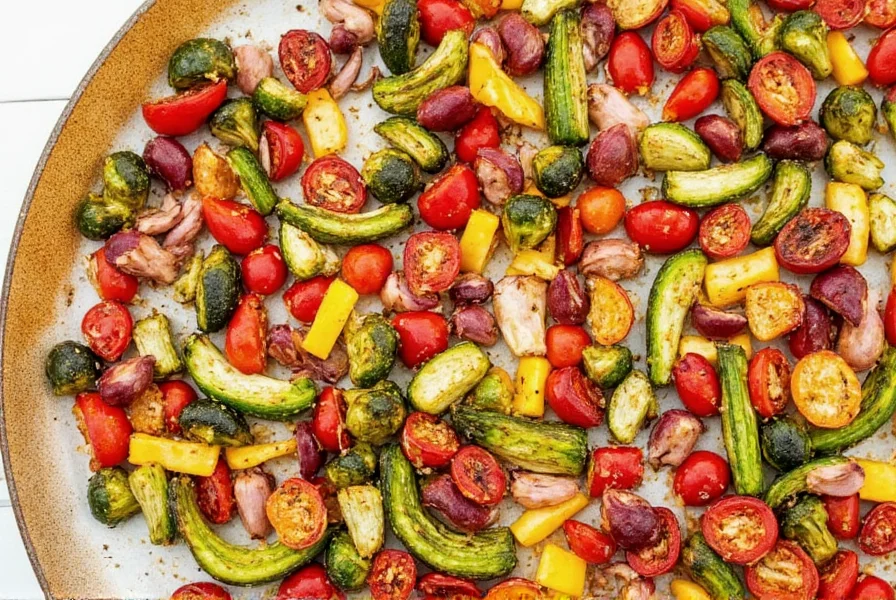
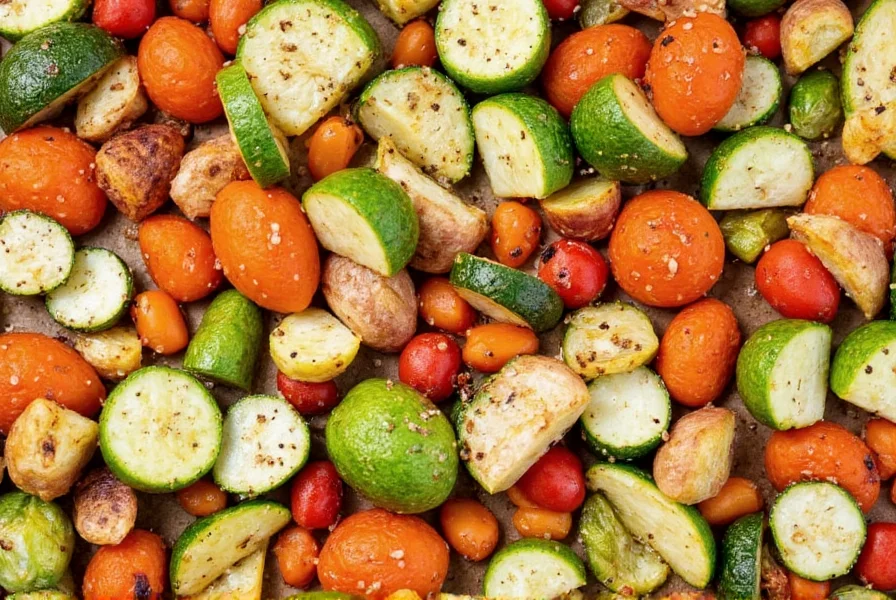
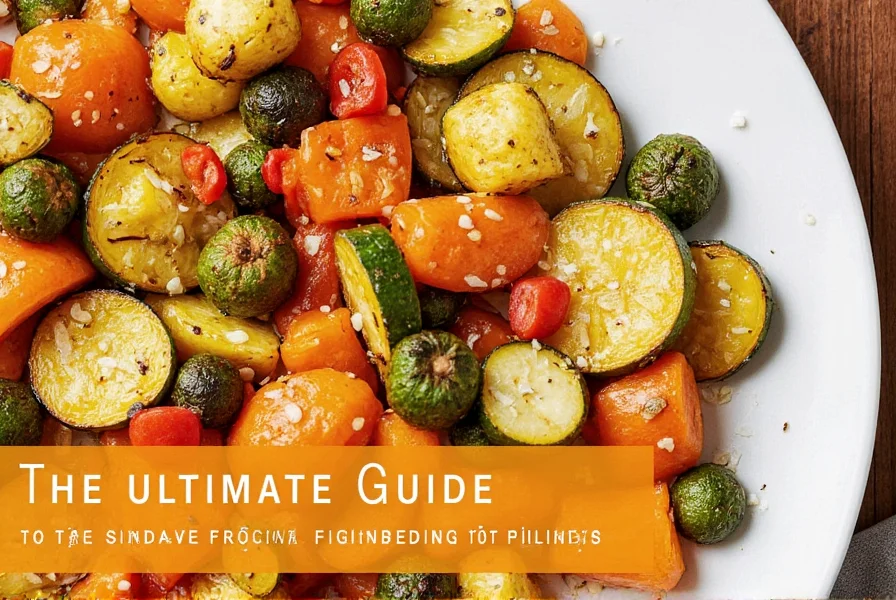

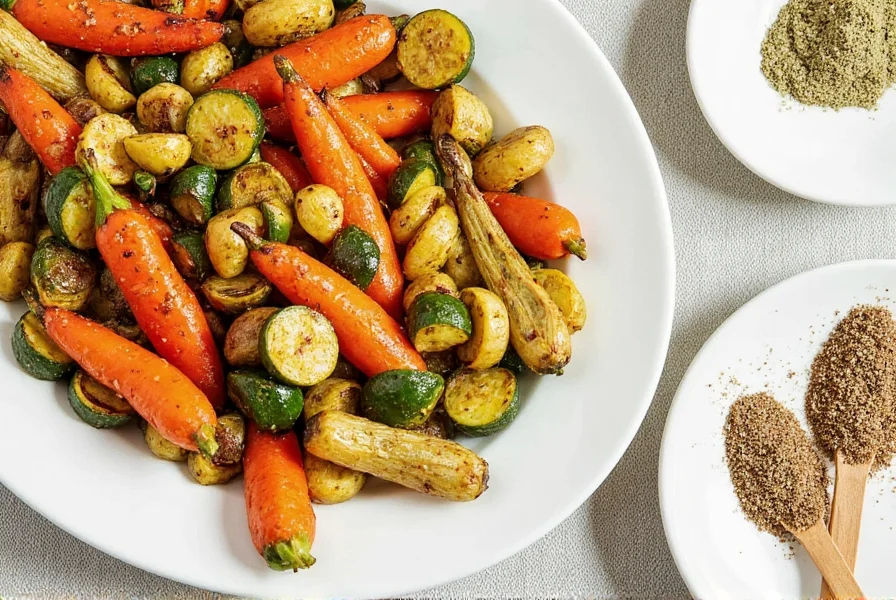









 浙公网安备
33010002000092号
浙公网安备
33010002000092号 浙B2-20120091-4
浙B2-20120091-4